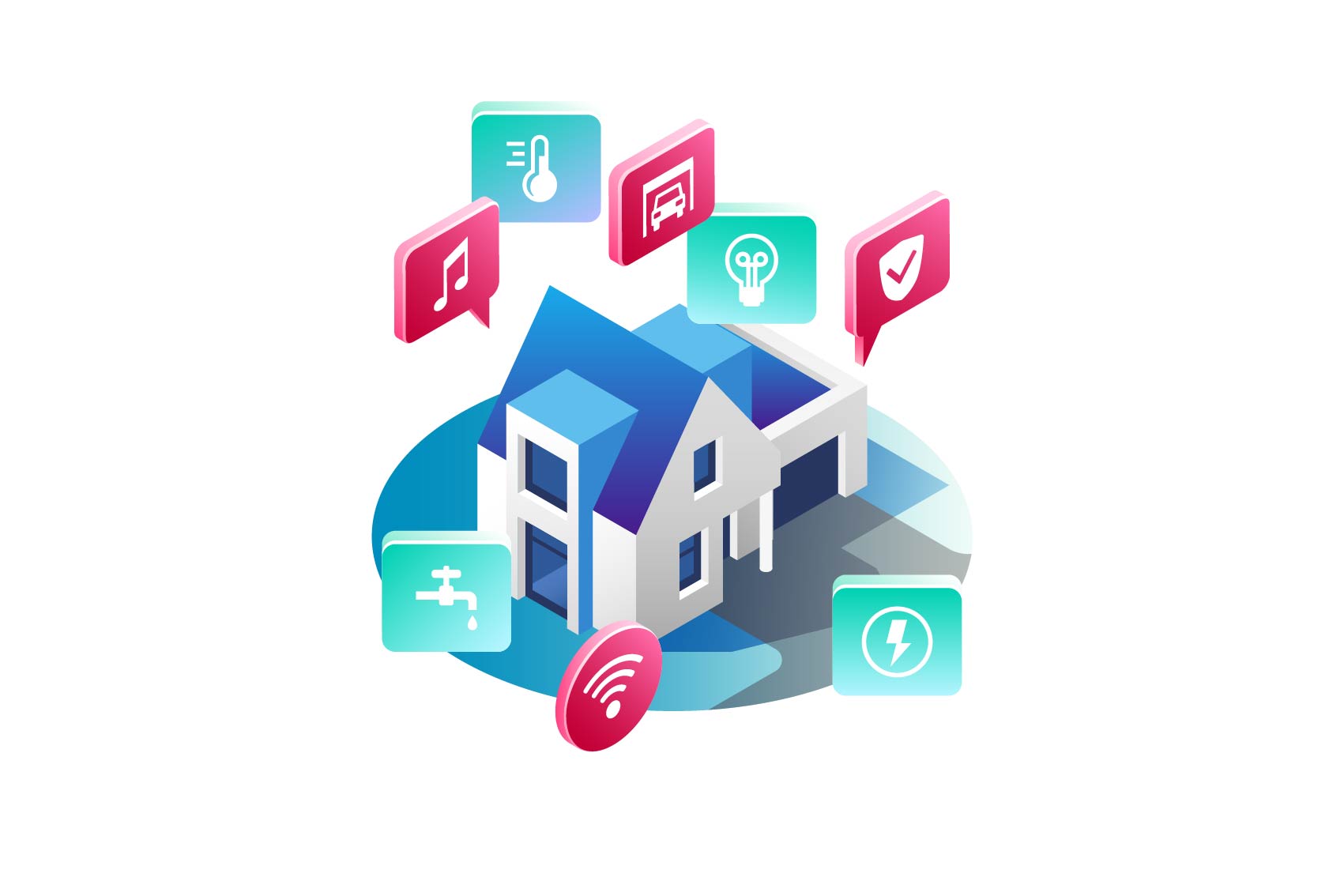IoT, Hardest of All
Ryan Frederick | September 29th, 2021

IoT (Internet of Things) products may be the hardest products to create.
Amazon Echos, Nest thermostats, Peloton bikes, and other widely familiar IoT products provide seamless user experiences from unboxing to use. Turn them on, connect them to a Wi-Fi network, setup a profile, and you are up and running. What users don’t see, and what makes IoT products so challenging to create and to provide ease of use, is all of the things that are going on behind the scenes.
Successful IoT products have to be world-class physical, data, and software products. If any one area of the product isn’t world-class, the product is likely to be unsuccessful. It is hard enough to create a world-class product in any of these individual areas, let alone a single product that is world-class in all three.
Creating an IoT product that is world-class requires a multitude of different, experienced craftspeople in product, data, and software. This means industrial/physical product designers, mechanical engineers, electrical engineers, firmware engineers, fabricators, manufacturers, and more for the physical product. The data aspect requires data architects, data engineers, data storage, data science, and data analytics experts. The software component requires digital designers, software architects, software engineers, and DevOps professionals. In order to tie everything together, an IoT product needs product management, which requires documentation, testing, packaging, legal, marketing, and more. Whew. And this is only a partial list of the team members across many different disciplines that would be needed.
The business model behind IoT products is often more complicated than a business model for a non-connected physical product, a data product, or a software product. What do you monetize with an IoT product? The physical product, the data, the software, or a combination? Maybe an IoT product doesn’t get monetized directly. Many IoT products now get created and exist to facilitate another aspect of a business, process, or product that benefits greatly as a result of an IoT aspect of the product. Sensors used by the manufacturer of a product to help them know how the product is being used and when service might be needed can be of immense value. The value to the manufacturer may far outweigh the cost of the creating, implementing, and managing the IoT product. In these cases, adding an IoT component to another product is a means to an end that can only be accomplished through connecting a previously disconnected product.
New IoT product companies raise a lot of investment because of the challenges associated with creating, marketing, distributing, and supporting an IoT product. Successful IoT products don’t get created on shoestring budgets and are rarely bootstrapped. Existing companies creating an IoT product to evolve their current business and products should also be prepared to make a significant investment into the product. Companies should be prepared to spend at least several hundred thousand dollars for early versions of most IoT products, and into the millions for a broader, scalable implementation.
IoT products don’t just have three times the complexity of separate physical, data, and software products, it is more like ten times the complexity or more. One of the biggest challenges is making the various components work together seamlessly, because the hardware, software, and data all have to work together as one well-oiled machine. Many IoT products fail to deliver on their potential because the product ends up being Frankenstein-like with the various components doing their own thing but not coming together well. From our experience at AWH, the technology consulting firm where I am a Principal, the IoT product failure rate is split about evenly between a lack of area domain expertise and overall product mismanagement.
One of the other common mistakes we have seen companies make around IoT products is that they have too many disparate minds and hands working on the product. It is rarely successful to have disconnected teams work on the hardware, data, software, and management of the whole thing. It is rare to find a team that can do the entire IoT product stack, but a company should attempt to limit the number of independent teams working on the key aspects. A team working on the hardware, a team working on the data and software, and the company itself or one of the prior referenced teams managing the overall build seems to work best. We have seen some of the same disconnected team challenges even inside of a single company. Insourced or outsourced doesn’t seem to matter as much as the team experience and overall continuity of the product and work.
Venturing into the IoT space can be exciting and rewarding. It opens up a whole host of new opportunities for a company. But companies entering into the IoT space should not go into it lightly and without respect for how difficult it is to do IoT well and successfully. The Amazon’s, Google’s, and Peloton’s of the world may make it look easy, but it's not.
